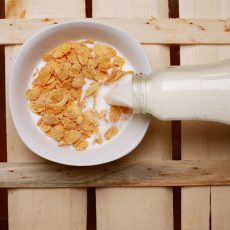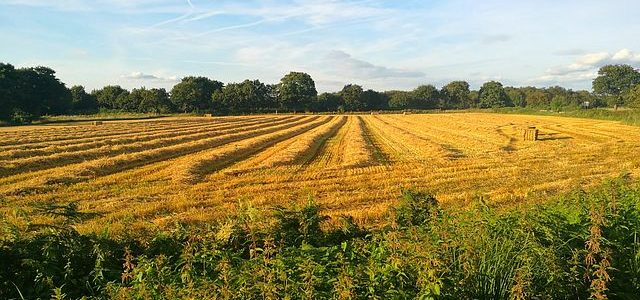
Agriculture is a necessity for life, which is why it is one of the most common professions in the world. Around 27% (2 billion people) of the world’s population are directly involved in agriculture. Over the last 50 years global agricultural output has almost tripled. This has been driven by advances in farming techniques, machinery, and pesticide/fertilizer use. Even though there has been a dramatic increase in production efficiency it has come at the cost of the environment. Most of the food grown in today’s world is farmed using non-sustainable, industrialized practices. Agriculture covers 11% of the world’s terrestrial surfaces, accounts for 70% of all freshwater water used, consumes an average of 2270 kwh of energy per hectare of farmland, and in 2018 200 million metric tons of fertilizers were used. The human population is estimated to grow by 2 billion people before 2050, which means food production will need to increase by up to 70%. To meet this demand many of the common farming practices used today will need to be changed or else we risk massive environmental consequences.
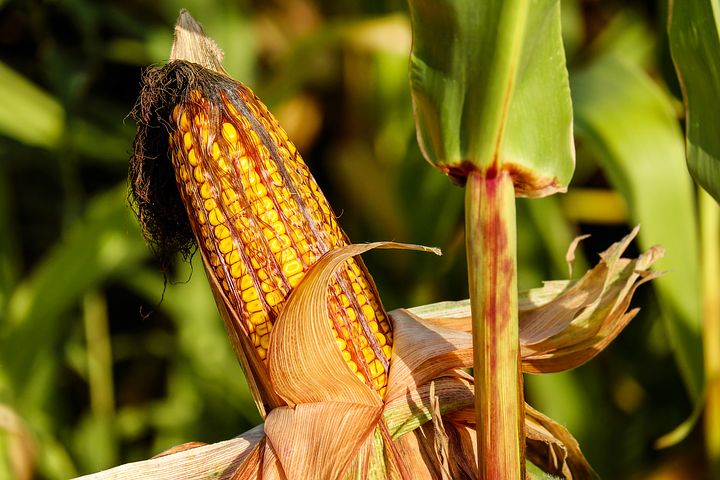
Current industrialized farming practices typically have a higher original output, but they require more inputs, like labor and capital. Over time the output tends to decrease as the land loses nutrients, minerals, and stability. A common industrial farming practice is monoculture farming. Monoculture is farming a single type of crop, with minimal genetic diversity. This can be seen in Southeast Asia with palm oil, bananas in the Caribbean, and corn in the United States. When monoculture farming is used an entire field has the same planting, upkeep, and harvesting requirements. This makes it easier for farmers to take care of their crops, which often allows for high yields. Industrial farming heavily relies upon fertilizer and pesticide use. Fertilizers provide nutrients for crops grown in continually farmed areas where naturally occurring nutrients have been used up. Pesticides help limit diseases and pests, which is critical in monoculture farming. A single species of pest can destroy an entire field when there is no diversity.
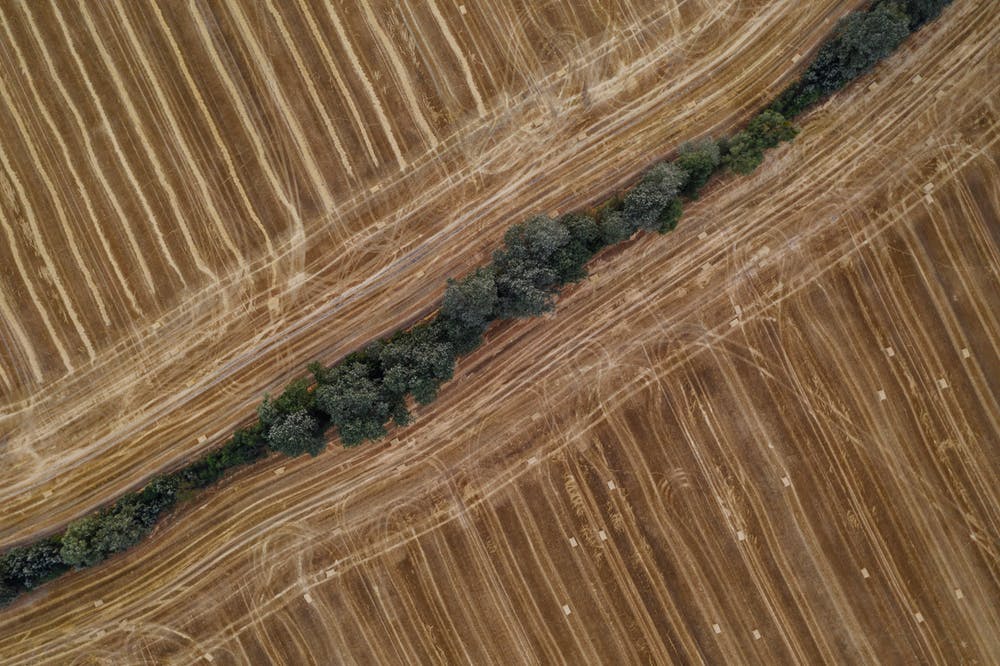
The environmental impacts from industrial farming can be very dramatic. When land is cleared for farming most of the genetic diversity and original species are completely removed, destroying the natural ecosystem of the area. Continually farming the same crop doesn’t give the soil enough time to naturally regenerate minerals, nutrients, and micro-organisms that plants require for growth. This forces farmers to use more fertilizer, which can runoff into local water systems causing a host of problems. Insecticides and pesticides not only runoff into water sources, but can also be airborne. When consumed by animals or humans they can cause illness and even death. In many counties across the world pesticide poisoning is a serious issue. In Thailand there are 40,000 to 60,000 cases of pesticide intoxication annually and a morbidity rate 0.1% of Thailand’s total population. Additionally, removing the biotic factors of soil decreases soil stability and can lead to erosion of the substrate. Lastly, industrial farming is an energy intensive process that accounts for 14-18% of overall greenhouse gas emissions and 36% of the annual methane emissions in the United States.
An alternative to industrial farming we commonly see used today is sustainable farming. Sustainable farming draws on a variety of different techniques, but its goal is to produce long-term crops while having minimal effects on the environment. One of the key pillars of sustainable farming is the use of intercropping and crop rotation. This is growing a variety of crops in the same field or rotating the type of crops grown on a seasonal basis. This not only reduces a farmer’s risk of having their entire crop killed off in one event, but it allows the soil to regenerate nutrients and develop natural pest control. In times when a field would typically be left bare it is beneficial to plant cover crops. These are low lying plants that help stabilize the soil to reduce erosion and replace soil nutrients. The use of renewable energy sources greatly reduces the carbon footprint of farming. Most regions where farming occurs are sunny, which is ideal for solar panels. Lastly, water management is very important. Using low-flow or drip irrigation systems can reduce water use by up to 50%.
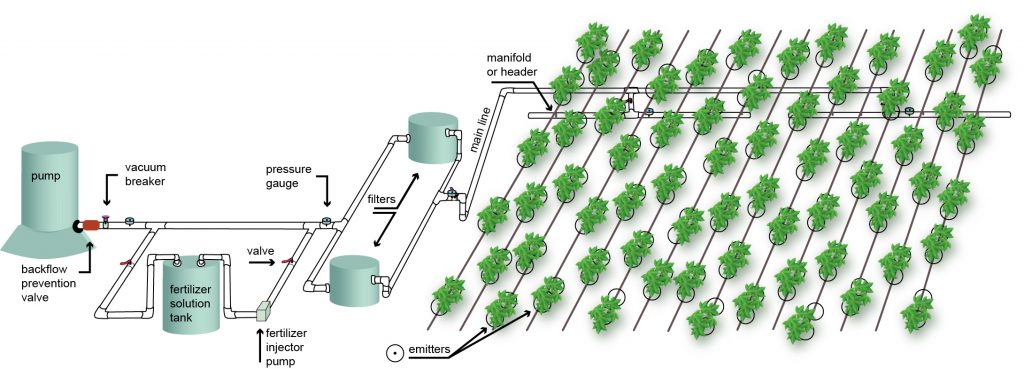
As the world’s population increases, humans will need to find a way to increase food production in a sustainable way. It is nearly impossible to have a complete overhaul of the current agricultural industry, so it is important that sustainable best practices are implemented. As consumers it is our job to tell companies that we want these changes made. We can do this by purchasing sustainable produce, working with government officials to create legislation, and making sustainable changes in our lifestyles.

